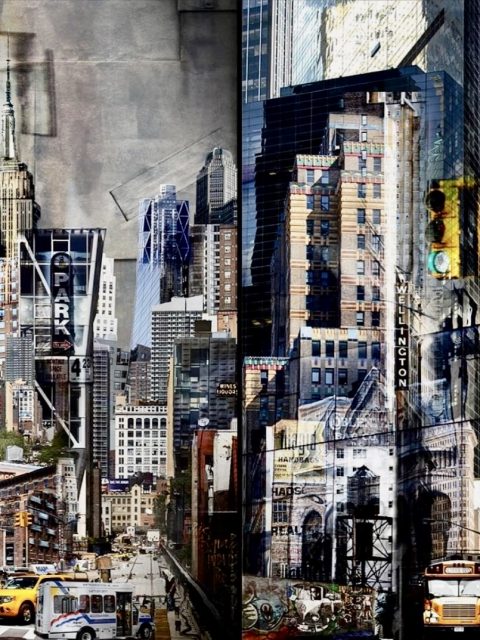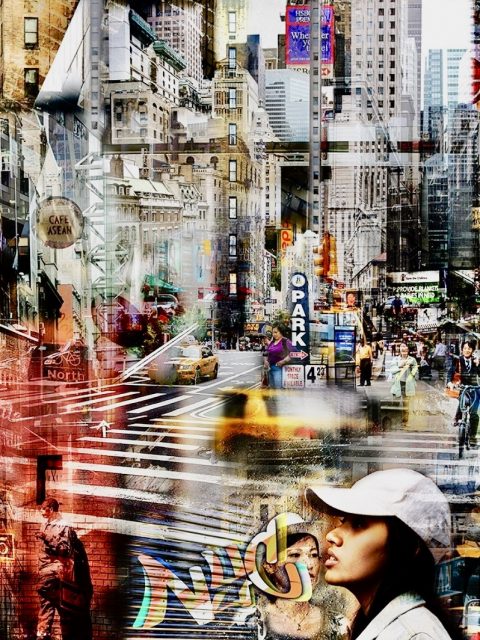Marcel Nakache is a creator of fictions.
According to his images, he unrolls his trail of breadcrumbs and invites us to enter his romantic world.
Transfigures cities and offers compositions that stimulate our imagination.
Like in a game, it raises clues … and seems to delight in the image’s ability to reinvent life.
Regardless of the tool used, pictures camera or film camera, he gives us his vision of the world:
an endless melting pot of human stories.
He is more interested in fiction than in the document.
The ability to «fix» life, to make reality coincide with one’s own mental images …
He offers us a field of possibilities, a dream life. A sentimental approach in a way. An adventure to share.

After studying law and at the same time working as a stage director in the theater, he went to work in Paris as an assistant to many directors and photographers. Little by little, he went to the cinema – his main objective – without stopping taking pictures.
He has directed numerous commercials, in France and abroad, such as short films, documentaries and television reports, as well as numerous commissioners for large accounts.
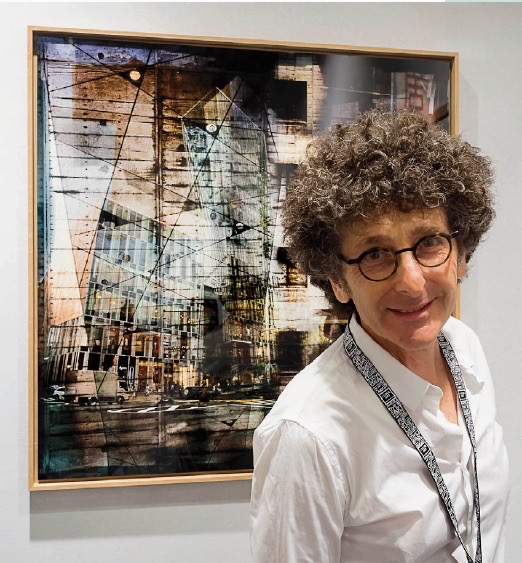
In the 90s, he created Sam Play Production (films) with which he worked until 2001 as director – producer.
In 2002, he became freelance again, traveling and doing many commercials abroad. (Germany, Morocco, Italy).
In 2005, he opened a new company, Videograph.com, between film production and the web. This company was born out of a desire for multimedia creation after passing through the Gobelins school in Paris.
Since 2007, Marcel has been dedicated to a photographic series, very inspired by the cinema, “Fictions_Assemblages”.
It alternates Clips, documentaries, web, photographic creations and multimedia, while exhibiting its still images regularly in France and in other countries.

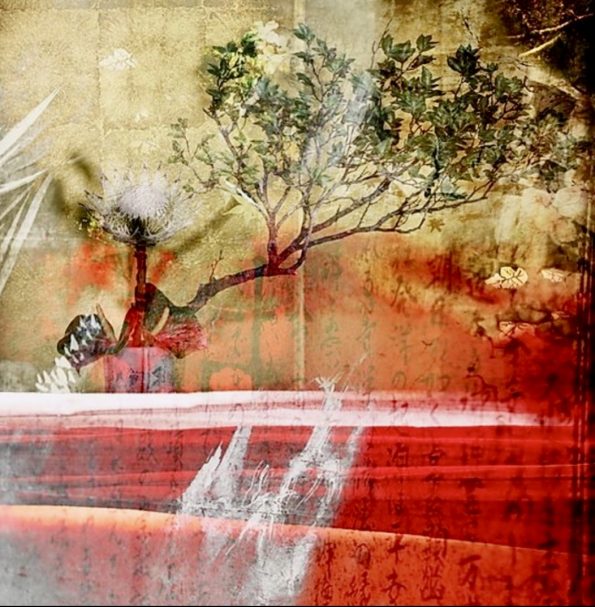
In 2004 and 2005, he joined the Galerie Dima group of artists led by Patrick Haziot in the Marais in Paris. And then in 2009 to the Menouar Gallery directed by Rabia Menouar still in the Marais in Paris.
Recently, he collaborated with great success at the Ma Kolett Paris gallery in the 8th arrondissement.
He then exhibited at the Galerie des Lombards in Mougins.
At the same time, he has participated in a large number of Contemporary Art Fairs (Art3F member) both in France and abroad, as well as in auctions in Paris.

You use the mixture of digital photographs with traditional techniques of traditional painting. Can you explain to us how you do this work?
My creations fall into the category of Mix_Media, I make compositions, assemblies and I have given my different series the name of Fictions_Assemblages followed by the name of the city, example New York … I start photographing the cities I choose. After selecting the images, I start with a general idea which I quickly sketch out in the form of a simple sketch, with indications of direction of lights, perspectives, sometimes characters, situations. This allows me to follow a narrative arch like in a series. My work of composition is characterized by the effect of layers, of accumulation of images. When I started my career as an artist, I only worked with my photos. Over time, I wanted to add to them pictorial interventions often done in watercolor, acrylic paint. A real discovery because I am not a painter. I just one day decided to try the experiment to reinforce a pictorial dimension to my images. Then I got a taste for it. The more I advance in my work as an artist, the more I use this method to move from one graphic chapter to another in the same creation… I can create an idyllic sky and a few cm further transform it into a cataclysmic sky… I could of course only work with software. But the relationship I have with the material prompts me to improvise these media mixes. I work my backgrounds on large sheets or other materials, I often improvise my mixes, then translate them into digital files so I can mix them when the time comes into the infographic. These backgrounds, these pictorial transitions give me full latitude to create the links, the transitions mentioned above.

What are inspires you by when you do one of your works? I saw that there are different cities and topics of Japan.
I was born in Paris, in the bustle of a big capital, I had the happiness throughout my childhood to have access to culture. Readings, cinemas have always been with me. I was an aficionado of cinemas in all cinematographic fields. Cinema (often Italian) and film noir (without borders) have greatly influenced me in the fictional dimension, the proliferation of characters in the same sequence, the part of the unusual in the proposed situations, the science of second shots. This grammar has a large presence in my work. ex in Tel Aviv or in Venice. My work is essentially urban because I am inhabited by the city even if I allow myself to revisit it, to transform it, to upset neighborhoods to create new, purely imaginary ones. Example in New York… But I still respect my basic concept based on not mixing cities. I like the mirror architecture and immediate reflection of the human dimension. The turbulence of big cities is always at the origin of my creations, the urban environment is the breeding ground for my work. The architectures are, with the billions of ants that inhabit them, my favorite settings. They are sources of inspiration. I like it when the image is complex, cluttered, overloaded. I am completely a fan of the epic frescoes by Bruegel the Elder, but I am also very impressed with the expressionist painter Max Bekmann. E. Munch was, in his total mastery of light, my photographic “guide”. The «cry» largely inspired the photographic aesthetic of my first short film «La Chambre» made in the 90s… And there are also those that I consider to be the immense ones in photography, Saul Leiter, Cartier Bresson, Helmut Newton … And of course Sarah Moon for whom I had the absolute pleasure of working. Their talent gives them an iconic dimension to me. I should point out that my list is obviously not exhaustive. In the series «Japan stories …» When I arrived in Kyoto, I was very surprised, almost helpless. It took me a bit of time to learn and appreciate the architecture, but also the graphics and color codes. I felt like I had never seen a palette like this. Green, for example, with all its varieties, old-fashioned beiges, eaten away by humidity, brown mixed with green and gray … Reds sometimes flashing in illuminated signs, letting themselves be betrayed by burgundy trendy purple. You can’t imagine some colors alongside others. How hard it is to imagine a building imposing its adjoining presence on an old wooden building. The Japanese respect this proximity, which is both surprising and masterful in the result. The temporal strata already exist… Everything plunges us into unusual contrasts. The relationship to time, which allowed me to compose creations different from my habits, I think of «Geishas» or «Offering», my daily journeys by train, to rally my photographic spots with in memory the interview between the filmmakers Ozu and Wenders about the constant presence of trains in Ozu’s cinema, prompted me to create the painting «Confusion», the architectural anarchy of Tokyo in one of its business districts jostled me and prompted me to compose for example «Entanglement». There is no shortage of sources of inspiration. They abound in Tokyo as in Kyoto.

When we talk about artists we almost always think of oil painting, watercolor, etc. but almost never think about photography. Do you see this as a lower level art or, on the contrary, do you think that the union of painting and photography strengthens the artist who performs this technique?
An artist is a soul that moves and moves. So it doesn’t matter with which vector! In each era, its new techniques and artistic revolutions … I do not place a hierarchy between painting, photo … An image or a painting, and by extension, a sound … etc … touches me or not. I can be conquered by Hockney, and his splash, and by the images of Sarah Moon featuring young women in a swimming pool… It doesn’t matter whether it is in my eyes an oil painting or the result of a silver print. If in my work I try mixtures, photos, watercolor, and other techniques, it is often experimental, sometimes without follow-up, to please me too. Achieving a beautiful watercolor that we will then scan to obtain a sky, or a concrete background, or a reinforced sheet, is a desired satisfaction … And it becomes a reward when the mix is successful! It is a vital step to always be on the lookout, even if and when you can’t find it.

Did your beginnings in the world of law and the theater contributed to your development as an artist?
My studies (and results) in Law were very modest. Today, I will not have the boldness to think of myself as a lawyer. I had a great time in college, for sure! The law was not my right path, nor my destiny. But there, for example, I learned to read the very small lines in the contracts at the bottom of the page and get help if necessary !! Like what, it is used! The theater has given me a lot. The theater is a highway of sensibilities, of emotions. A temple of knowledge of prestigious texts, learning to share, discovering rigor, limitless work, self-respect, modesty (from time to time!) In the theater, we absorb, we integrate, we digest … we listen, we play, we travel … we are like sponges of feelings we are in constant discovery of oneself, of others. The theater is lively emotion, it is there in front of you … And we believe in it. It’s a wonderful school, everyone should do theater.
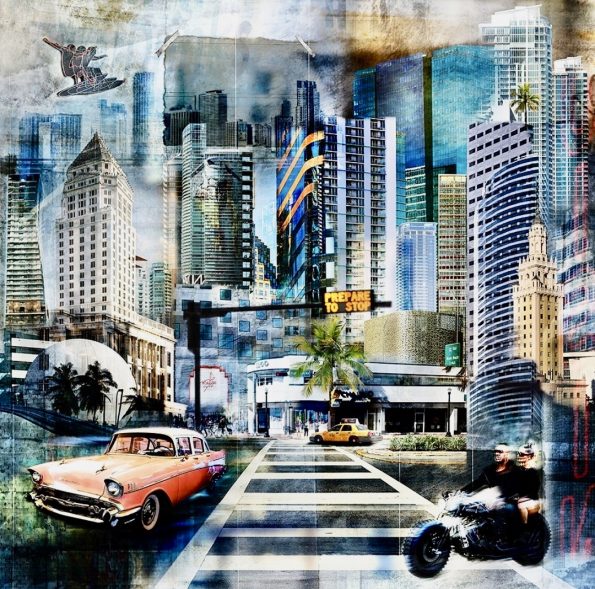
And then you entered the world of cinema. Can you tell us something about this interesting period in your life?
There is a plethora of stories from the cinema. But there are encounters that change a destiny. My first meeting to go on this artistic journey, it is to my mother that I owe it and everything that came from it. Chance makes him meet a stylist while shopping, Axelle Klémentieff. To talk to the photographer who hired her, Axelle borrows my mother’s phone. Close to him, she cannot escape the conversation and understands that the photographer in question is Sarah Moon. My mother asks Axelle, who tells me a little later about scouting the scenery to find. I hadn’t exercised, but she trusted… It was brand new to me. I start, and make proposals, then Axelle introduces me to Sarah. And there begins a dream. I start my assistant journey with Sarah, an exceptional piece of professional life, unforgettable for me. I am forever grateful to him.
After few years in different worlds, the artist that you are today was born. How have you evolved since then and what has the art world brought to you?
My main vocation has always been to tell stories. I’m bulimic … And over time it has become a way of life that allows me to travel from one art to another, back and forth. It’s like a commitment. I’ve worked in theater, reportage photography, film, commercials for quite a long time. Today I devote most of my time to my photographic journeys and then my assemblies. I have a lot of projects that have been postponed, Rome, Chicago, Shanghai, Jerusalem again, but also film projects, one of which is very important to me, whose screenplay was written by Isabelle Marliac – Elles – I hope that my artistic candidacy will appeal to producers. The word encounter is at the center of the journey into the art world. This is undoubtedly the most precious thing he brings to me with the exchanges that ensue. It seems that «art stimulates our intimate and deep emotions ..», therefore art makes us better.
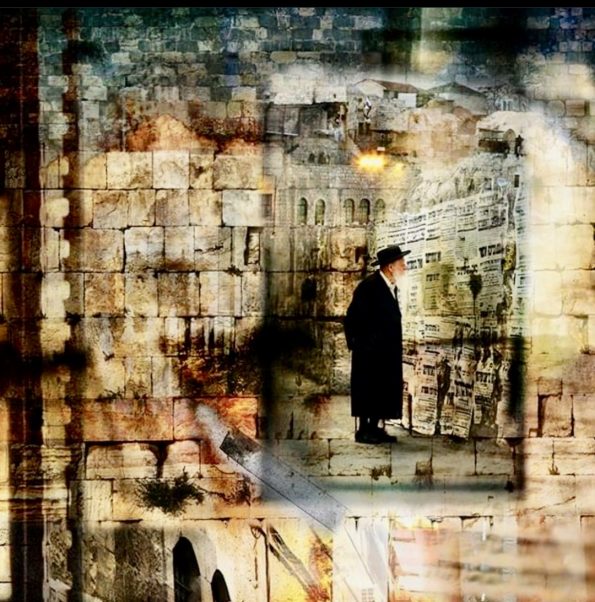
I saw that you had done many exhibitions in Paris and in other cities in France. How well received have your works been? And abroad?
I regularly exhibit in galleries in France, but also I have tried the experience of exhibitions and fairs. Galleries are showcases, and defend our colors, often put a lot of effort into making us known, salons allow direct contact with the public. It’s a privilege. The direct feeling is essential, the exchange welcome, expected and unavoidable. It’s like a reward. I feed off these encounters. It’s hard to say … I’m successful or not, my work likes or dislikes. But I admit that I experience genuine happiness when different audiences appreciate my work, buy my work, wish to talk about it, sometimes debate it. I admit that I love receiving affection from people who share a moment of happiness with you. When they leave with a painting, it’s a piece of you they take away, it’s both touching and inspires you to keep going. When I presented the series on Tel Aviv, during a vernissage, I remember a psychoanalyst who detected the social link in my creations, those in which I stage imaginary fragments of life, others appreciate their aesthetic dimension, others still see it as the work of photographic direction as in the cinema. My journey abroad is still in its infancy. In the short term, I want to develop my network abroad. I approached Miami, my work was noticed, I want to persevere as soon as possible. It is not an exclusive destination. I am also very interested in Asia and consolidating my development in Europe.
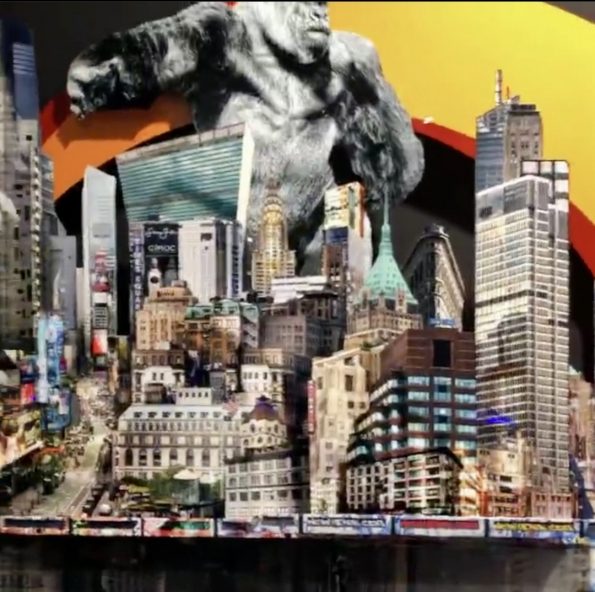
What job would you like to do that you haven’t done yet and why?
Bringing together all the media I have been practicing for a while now in one creation. I’m working on it.
Why??
I need sponsors!! hihihi.
Marcel, how do you see yourself and your future in ten years?
I’ve been living hand-to-hand forever … I can’t predict the future, and that’s good, I love surprises.













